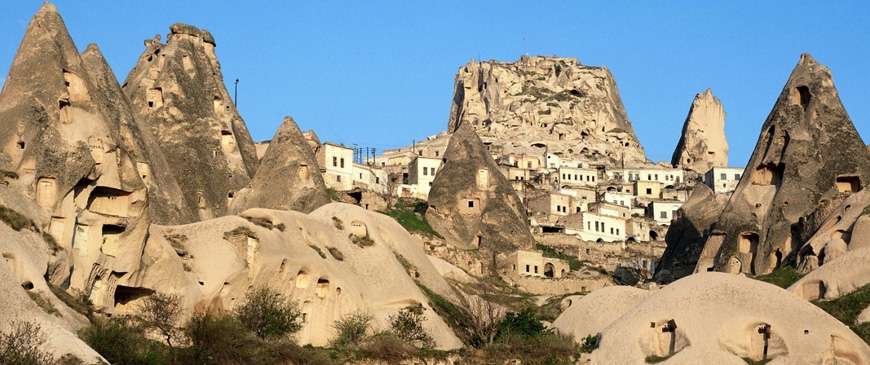
Some Trip Highlights
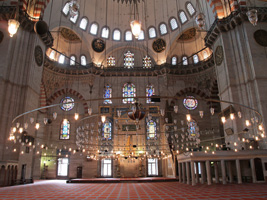
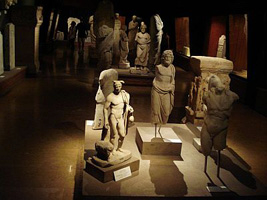
• Visit of the Blue Mosque, Hagia Sofia, Topkapi Palace, Rustempasa Mosque, Chora Church and all the major monuments of Istanbul.
Topkapi Palace
Residence of the sultans, administrative seat of the Ottoman Empire for almost 400 years, and the source of legend on life in the harem, Topkapi Palace should be up at the top of the list for anyone interested in the vast and exotic world behind the seraglio walls. Built by Mehmet the Conqueror over the ruins of Constantine's Imperial Palace, Topkapi Palace occupies one of the seven hills of the city at the tip of the historic peninsula overlooking the sea. Since it is easily the most valuable real estate in the city, it doesn't take a brain surgeon to see why this spot was preferable to the original palace situated on an inland tract where the university stands today. Mehmet II began construction of the palace 9 years after his conquest of the city, where the sultans reigned continually until 1855, when Abdülmecid moved the imperial residence up the Bosphorus to Dolmabahçe Palace.
Blue Mosque
This grand bubble of masonry, one of the great and defining features of Istanbul's skyline, was constructed between 1609 and 1617 by Sultan Ahmet I, who was not only driven by a desire to leave behind an imperial namesake mosque, but was also determined to build a monument to rival the Ayasofya. So great was the Sultan's ambition that he had one unfortunate architect executed before finally choosing Mehmet Aga, probably a student of Sinan, who came up with a plan commonly accepted as impossible to build. The design is a scheme of successively descending smaller domes that addresses the problem of creating a large covered interior space. The overall effect is one of such great harmony, grace, and power that it's impossible to walk away from this building unaffected.
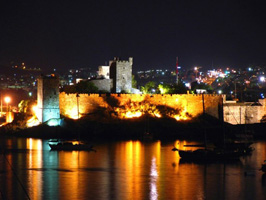
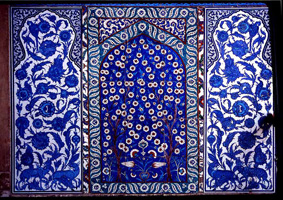
• An afternoon of relaxation and massage at the Baroque Cağaloğlu Turkish Baths built by Mahmud I.
Turkish Baths
The number of hamams in Istanbul mushroomed in the 18th century when the realization hit that they were big business. Mahmut I had the Cağalağlu Hamami built to finance the construction of his library near the Ayasofya, but new constructions were limited later that century because the hamams were using up the city's resources of water and wood. Only about 20 hamams have survived. The 18th century Cağalağlu Hamami have allegedly seen the bare bottoms of Franz Liszt, Edward VIII, Kaiser Wilhelm, and Florence Nightingale, and even had a part as an extra in Indiana Jones and the Temple of Doom.
• Cooking lesson and raki tasting at the Culinary Institute of Istanbul followed by dinner at the Institute.
• Private visit of the studio of artist and sculptor Gulay Semercioglu.
• Private visit of the studio of jewellery designer Senay Akin.
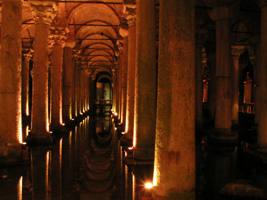
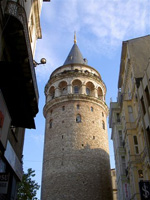
• Talk on Mevlevi philosophy and a Whirling Dervish demonstration.
• Talk and demonstration on understanding Turkish tea, Turkish coffee and the nargile (water or hookah) pipe smoking at the famous Café Pierre Loti overlooking The Golden Horn.
• An afternoon in the bohemian arts neighbourhood of Beyoglu guided by curator and gallery owner Nuran Terzioglu. Visit of her Apel Gallery.
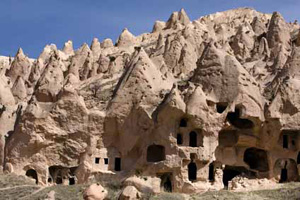
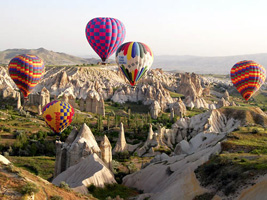
• Visit the underground cities of Cappadocia with stunning frescoes in some of the churches dating to the 12th century.
Underground cities of Cappadocia
These troglodyte cave-cities were excavated as early as Hittite times, and expanded over the centuries as various marauding armies traversed Central Anatolia in search of captives and plunder. When the Arab raids of the 7th century threatened the existence of the Christian communities, they dug entire cities underground, some 15,000 strong. There are 36 underground cities in Cappadocia and the widest one is the Kaymakli underground city.
• Special visit of the UNESCO-listed open-air museum of Goreme, outside Nevsehir.
Goreme open-air museum
This museum captures the essence of the monastic culture of Cappadocia, and resembles a vast monastic complex composed of scores of refectory monasteries placed side-by-side, each with its own fantastic church. It contains the finest of all rock-cut churches, with beautiful frescoes, many whose colours still retain all their original freshness. It also presents unique examples of rock hewn architecture and fresco technique. Most notable are the Karanlik and Tokali rock-cut churches, housing the museum’s most impressive frescos from the early Christian era.
The Goreme Open Air Museum has been a member of UNESCO World Heritage List since 1984, and was one of the first two UNESCO sites in Turkey.
• Private visit to a rug weaving workshop near Goreme.
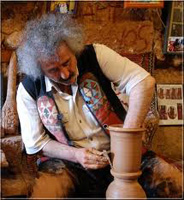
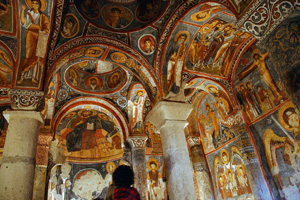
• Private cruise on The Bosphorus with drinks aboard.
Bosphorus Cruise
A few years ago, a cheeky young entrepreneur set a crew of expert craftsmen to replicating a traditional sultan's imperial caïque, fake gild, velvet, and all. The result is a kitschy but absolutely delightful ride up the Bosphorus the way the royals used to do it.
• Dinners at Al Jamal and Yesil Ev two of the best talk-of-the-town restaurants.
Yesil Ev
Located in one of the first reconstructed replicas of an Ottoman mansion in Sultanahmet, the Yesil Ev restaurant takes full advantage of the luxurious setting provided by the enclosed garden and grand fountain. The Ottoman/French menu includes a decent duck à l'orange, the one-time selection of choice for the visit of France's prime minister. This is rated as one of the top restaurants in Istanbul.
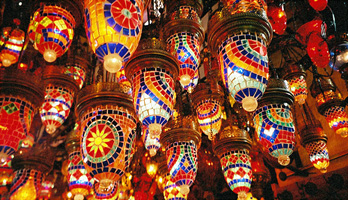
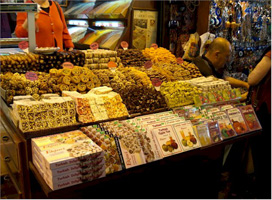
• Morning guided visit through the Spice Bazaar and the Grand Bazaar.
Grand Bazaar
Perhaps it was the renown of the Grand Bazaar (aka the Kapaliçarsisi or Covered Market) that put Istanbul on the map of the world's great shopping destinations. It's also a feast of colour and texture, of glitter and glitz. It's really is not to be missed.
Spice Bazaar
At the centre of the commercial hub of Eminönü, this is an indoor emporium of comestibles, rare (and counterfeit products), colourful elf slippers, and polyester scarves, among other interesting, if not dazzling things. To the left of the sea-facing entrance in the embrace of the "L" shape of the bazaar is an outdoor garden market; to the right of the entrance begins a string of vending stalls displaying countless varieties of olives, cheeses, fruits, and vegetables. The chaotic streets behind the bazaar deal in general necessities, from long johns, to saucepans. Sometimes you really never know what you need until you stumble upon it.

